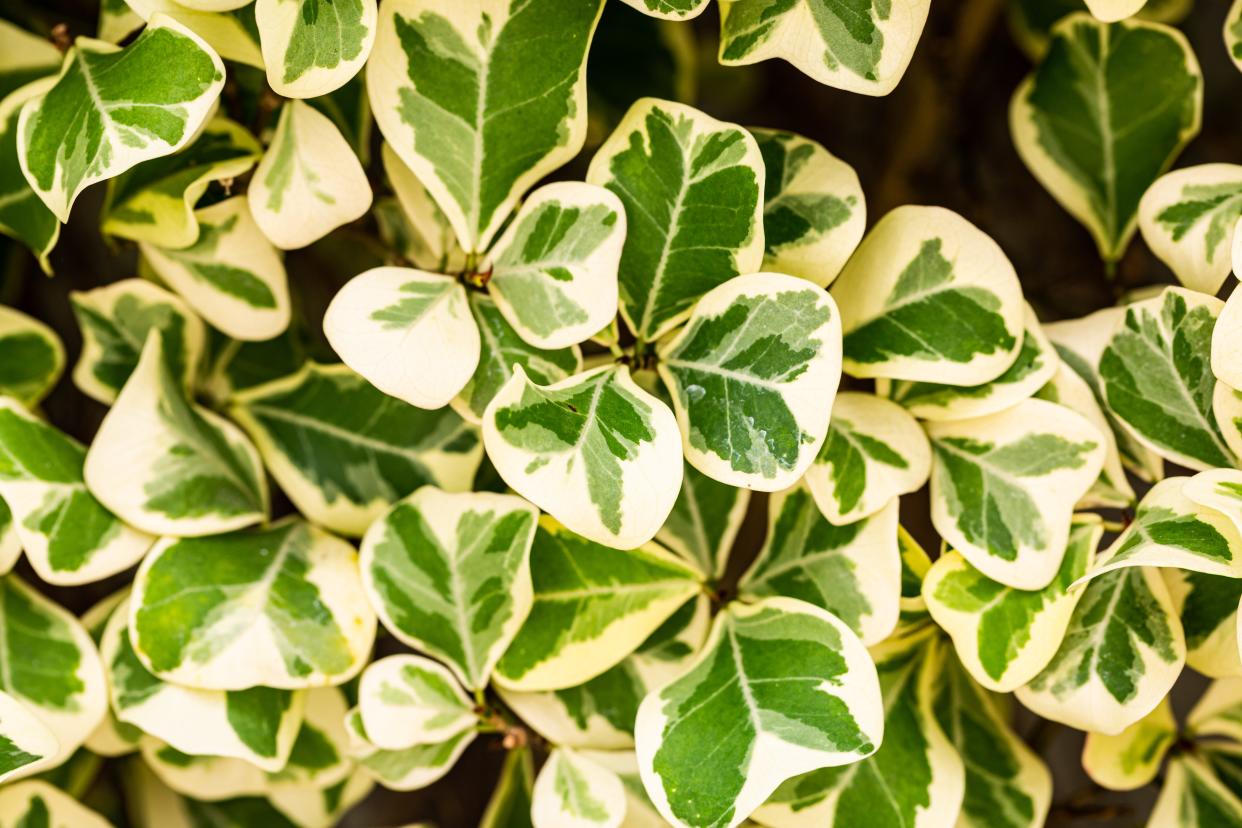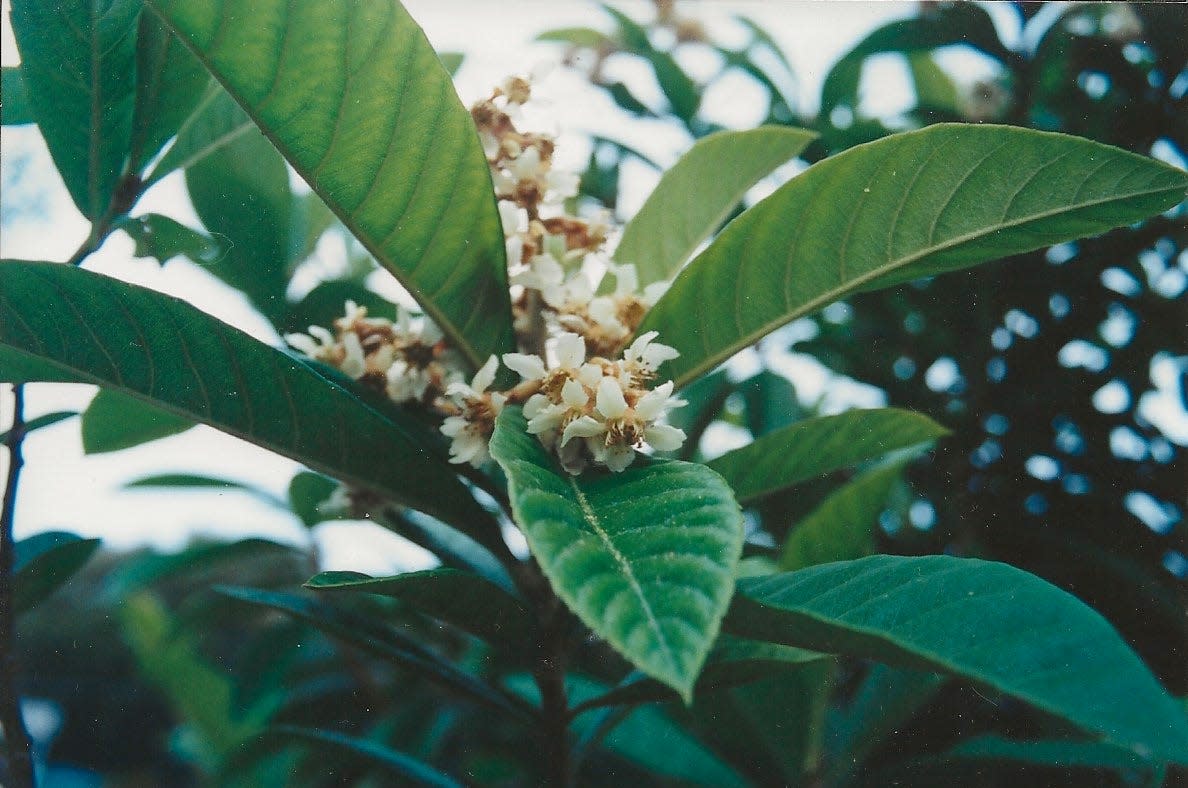A tiny house plant? Or a massive forest giant growing 4 acres wide: That's ficus for ya

Sure, the tallest trees on Earth are coastal redwoods, with one topping out at 380 feet. But the largest trees?
They’re ficus trees. The champion ficus (the fig family) is thought to be a specimen growing in a botanic garden in India. It covers 4.67 acres and is still growing. That tree (F. benghalensis) is one of the species known as banyan trees. These trees constantly produce aerial roots on their long, lateral limbs. The roots lengthen until they reach the ground; then they become woody, eventually attaining trunk-like girth. These prop roots, as they’re called, allow trees to become ever wider as the decades and centuries pass.
But plenty of ficus make excellent houseplants, adapting well to dry air and moderately low light. Among the most eye-catching is clown fig, which features green-and-white or bronze-and-red foliage, along with ornamental fruit. In its homeland of New Hebrides, this species (F. aspera) can grow 50 feet tall. Rubber plants (F. elastica), long-time favorites for interiorscaping, are as popular as ever, with thick, glossy leaves in shades of red and pink. Up to 130 feet tall in its native India, rubber plant can also be cultivated outdoors, but only on protected sites in warm locations. Indoors, it tolerates dim light extremely well.
Not nearly as adaptable to life indoors is Benjamin fig (F. benjamina), which grows 30 feet tall in India. Also known as weeping fig, this persnickety ficus drops its leaves if the soil is too wet or too dry – or if it doesn’t receive enough light. So if your Benjamin fig is growing well, keep doing what you’re doing.
Perhaps the most domesticated ficus is the adorable little mistletoe fig (F. deltoidea), native to Malaysia. This slow-growing, semi-succulent plant is generally under 10 inches tall and prefers bright, indirect light. Never spectacular but always charming, mistletoe fig bears small, greenish-yellow fruit year-round.
Tropical American lipstick tree: Give your landscape a makeover
There is, however, a sinister side to some ficus species. That giant specimen in India, for example, started life as an epiphyte growing on a limb of a forest tree. The tiny seedling, dwarfed by its host, grew slowly until its roots reached the ground. At that point the strangling began in earnest as the fig generated multiple above-ground roots that slowly encircled its victim.
Both of Florida’s native fig trees are stranglers, with one – ficus aurea – quite common here. This species, which prefers to throttle sabal palms, makes a fine shade tree that’s readily grown from seed – without a victim – and bears small figs relished by wildlife.
Plant to ponder: Loquat tree
Loquat tree, up to 25 feet tall and wide, is a cold-hardy, evergreen species from China.

Plants bear white, fragrant flowers from autumn to spring and orange fruit from January to April. Grow in sun on improved, mulched sites. Named, grafted varieties produce superior fruit.
This article originally appeared on The Ledger: The beauty of ficus: It can dominate a forest or accent to a home
